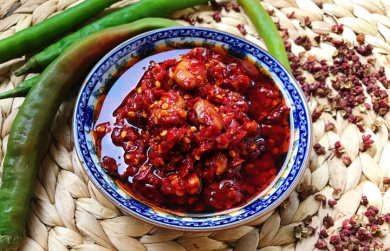Safety Tips: Can You Put Raw Chicken in Beeswax Wrap

Although beeswax wraps are an ideal eco-friendly packaging choice, they're not suitable for all foods. Here's everything you need to know about raw chicken.
Is it safe to wrap raw chicken in beeswax wrap?
It is not advisable to wrap raw chicken with beeswax wrap. I firmly believe that when storing raw meat, bacteriostasis and airtightness should be given top priority.
Beeswax wrap is essentially a breathable natural material and cannot completely block the blood and water exuded from raw chicken. The remaining juice may carry pathogenic bacteria such as Salmonella, which can easily contaminate the refrigerator environment.
When dealing with raw poultry, I usually take triple protection measures: First, use a plate to catch the blood and water. Then wrap it with two layers of degradable plastic wrap on the outside. Finally, put it in a glass storage box with a lid and refrigerate it.
If you must use wax products, it is recommended to use them only for processed chicken half an hour before cooking. Remember that when rinsing cutting boards and knives with water above 75 degrees Celsius, avoid the wax wrap as high temperatures can cause the wax to melt and lose its protective properties.
After each use, thoroughly disinfect the surface with food-grade alcohol wipes. When storing it after it has dried, pay attention to keep it separate from other types of plastic wrap.
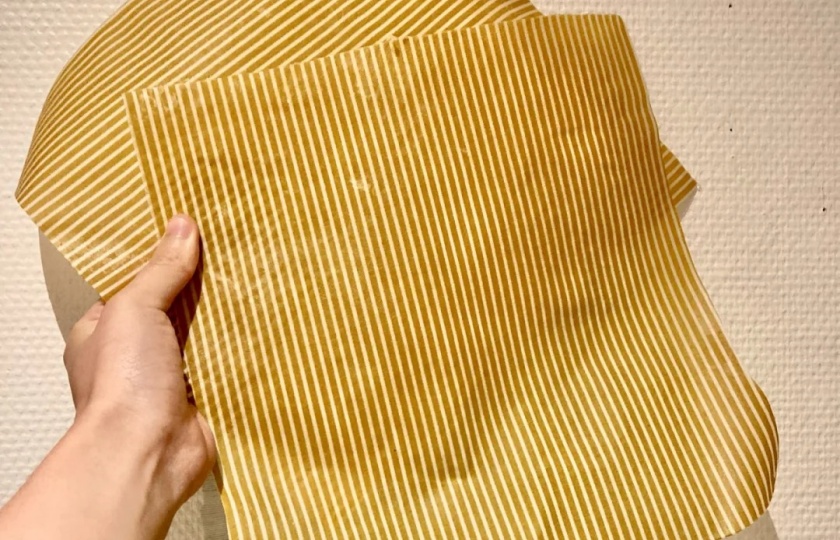
What are safe alternatives to beeswax wrap for raw chicken?
Food-grade silicone sealable bags
Choose a thickened version with double-lock closures. When expelling air after putting the chicken in the bag, don't directly squeeze the bag body. The correct way is to open the bag mouth into a funnel shape and slowly submerge it in water to let the water pressure naturally expel the air. I'm used to marking the processing date on the outside of the bag. When thawing, soak the whole bag in cold water with a few drops of white vinegar for disinfection.
High-temperature resistant glass storage containers
Lay a food-grade silicone steaming mat at the bottom of the container to absorb blood and water. Spread the chicken flat to avoid stacking. If refrigerating for no more than 24 hours, place an ice pack in the lid sandwich. When freezing, leave a 1 cm expansion space. It is recommended to choose a square container, which saves 40% more refrigerator space than a round one.
Vacuum sealer + special bags
This is particularly effective when dealing with whole chickens. Before vacuuming, blot the surface moisture with kitchen paper, and putting some rosemary crumbs in the corner of the bag can extend the freshness period. Pay special attention that the thickness of the bag for freezing should reach more than 12 silk to prevent ice crystals from piercing the packaging.
304 stainless steel sealed jars
A professional solution commonly used in commercial kitchens. The metal material prevents the growth of bacteria. Wipe the inner wall with ginger slices before putting the chicken in. When refrigerating, invert the jar to form a self-locking vacuum. It is recommended to choose a model with a pressure valve to facilitate the release of the gas generated during freezing.
Disposable degradable plastic wrap + absorbent paper
A temporary solution in an emergency. Use a wood pulp film without fluorescent agents. First, wrap the chicken with baking paper to absorb the exudate, and then wrap the plastic wrap around it at least five times in a spiral manner. Finally, secure it with a rubber band at the opening. It is recommended to complete cooking within 4 hours using this method.
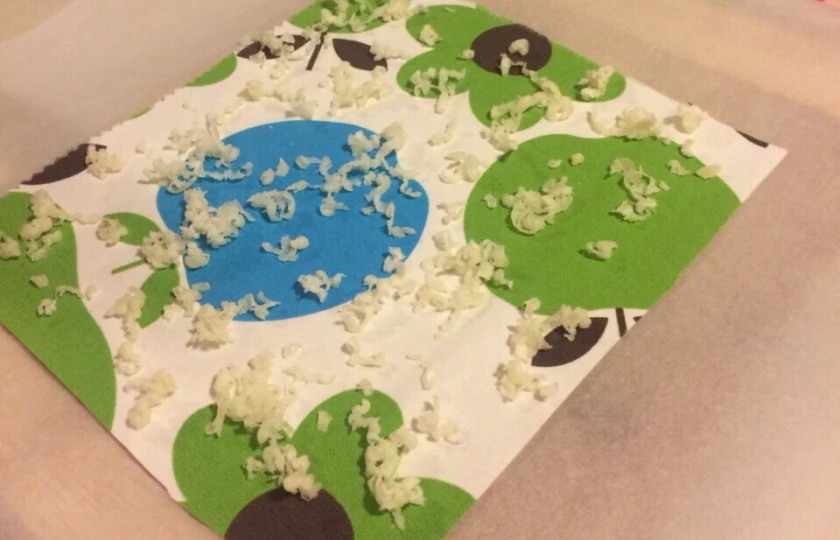
What should you not use beeswax wraps on?
Foods that should never be wrapped with beeswax wraps:
All raw meats (including beef, pork, chicken, etc.): Bacteria can easily multiply, and it is difficult to clean thoroughly.
Raw seafood: There is also a risk of bacterial contamination, and the smell is difficult to remove.
Hot foods: High temperatures can melt the beeswax and damage the freshness preservation effect.
Cut citrus fruits: The fruit acid can damage the beeswax coating.
Foods not recommended for wrapping:
High-moisture vegetables and fruits: They can easily make the beeswax wrap damp and moldy.
Dairy products: They tend to leave behind strange odors and are not easy to clean.
Greasy foods: They can make the beeswax wrap greasy and difficult to return to its original state.
Do beeswax wraps keep food fresh?
The freshness preservation effect of beeswax wraps depends on the type of food.
Although beeswax wraps are environmentally friendly, their freshness preservation effect may not be as good as that of traditional plastic wraps. It is recommended to choose the appropriate storage method according to different food ingredients.
Three categories of foods highly recommended for using beeswax wraps:
Bread and pastries: When wrapped with beeswax wraps, whole wheat bread remains soft after being stored at room temperature for two days. It is more effective in preventing dryness and hardening than being stuffed in a plastic bag.
Tuber vegetables: When wrapping halved pumpkins or broccoli heads, the wax film at the cut surface can slow down oxidation and discoloration, allowing them to be stored in the refrigerator for 1 - 2 more days.
Cheese and cold cuts: Through personal experience, when goat cheese is tightly wrapped with beeswax wraps, no hard crust will form on the surface, and ham slices can also maintain their softness.
The effectiveness can only be achieved through correct usage:
When wrapping, warm the beeswax wrap with the heat of your palm to make it soft, mold it to fit the contour of the food, and press the edges to seal.
When wrapping fruits like apples that release ethylene, open it for ventilation once every two days and then re-wrap.
Before refrigerating, wipe off the water droplets on the surface of the food ingredients. Excessive humidity will reduce the adhesion of the beeswax.
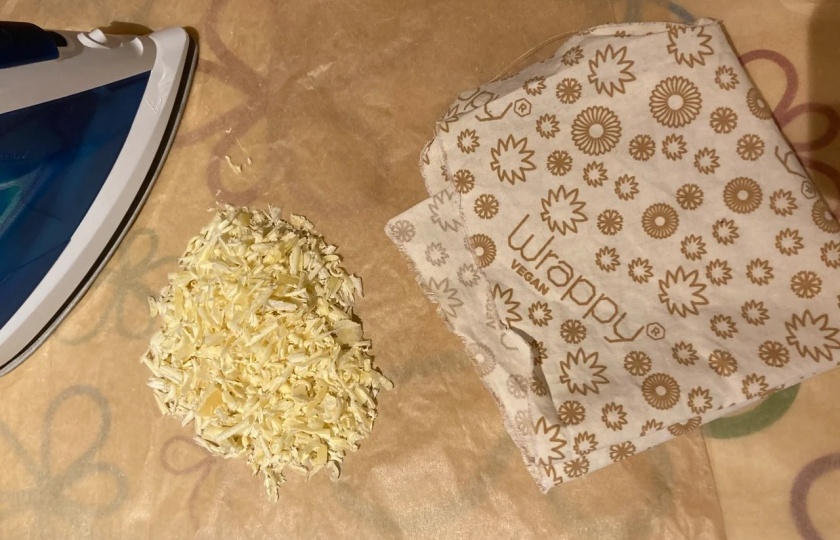
How many times can you reuse beeswax wraps?
Beeswax wraps can usually be reused 80 to 120 times, but the actual lifespan is affected by usage habits. I have a beeswax wrap that has been in use for over one and a half years and it can still be used. Here are the three key maintenance tips I've summarized:
The way of cleaning determines the lifespan
After each use, rinse it with cold water as much as possible. Avoid using hot water or putting it in the dishwasher. For stubborn oil stains, gently scrub with a soft-bristle brush. Do not rub it violently, as this can protect the integrity of the wax layer.
After cleaning, it is best to let it air dry in a cool and ventilated place, avoiding direct sunlight. I usually hang it on the edge of the dish rack.
The type of food in contact affects the wax loss
When packaging foods with less oil (such as lettuce and carrots), the loss is minimal. After wrapping greasy foods (such as cooked food and fried food), you can gently wash it with a solution of lemon juice and baking soda to help extend its service life.
The storage environment is more important than you think
During the plum rain season, I put bamboo charcoal moisture-proof bags in the storage drawer to help keep it dry. When storing it rolled up or folded, remember to place a layer of baking paper to prevent the fabric from sticking to itself.
It's time to replace when you notice these signs:
Fine cracks appear on the fabric surface.
It loses its stickiness at room temperature and cannot attach to the rim of a bowl by itself.
The wax flakes off in pieces during cleaning.
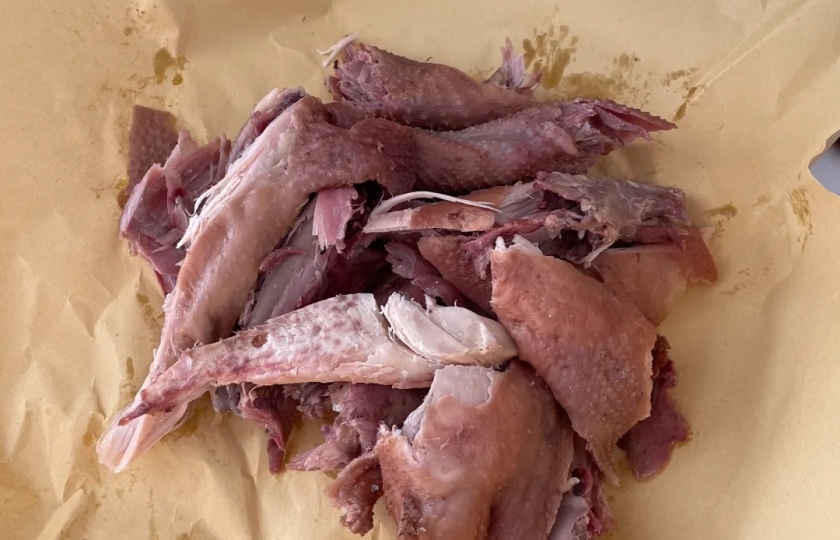
Can beeswax wraps get moldy?
Beeswax wraps can indeed get moldy, but as long as proper precautions are taken, it can be completely avoided.
Reasons for getting moldy:
Wrapping damp items is extremely risky
If you wrap carrots with a lot of soil or wet strawberries, you must wash and dry them on the same day. When I wrap leafy vegetables during the plum rain season, I first use kitchen paper to absorb the excess moisture to prevent the fabric from getting too wet.
Inadequate cleaning lays hidden dangers
When cleaning, especially rub the part that comes into contact with food, particularly the creases at the edges of the cloth that have wrapped cheese or greasy food. After washing, remember to check against the light. If there are still food residues in the fabric fibers, you should immediately re-clean to ensure thorough cleaning.
Incorrect storage accelerates mold growth
If you fold and store the beeswax wrap without completely drying it, you are creating a perfect environment for mold. I spread out the beeswax wrap every month for at least half a day to air it out, especially when it has been stored in a closed drawer for a long time.
Emergency solutions when mold spots are found:
Slight white mold spots: Soak in white vinegar for 20 minutes and then rinse with cold water. When drying, you can apply a thin layer of beeswax and use a hair dryer on low heat to melt and strengthen it, which helps restore the functionality of the fabric.
Black mold filaments: This deep mold growth is very difficult to completely remove. In this case, it is recommended to stop using it immediately.












